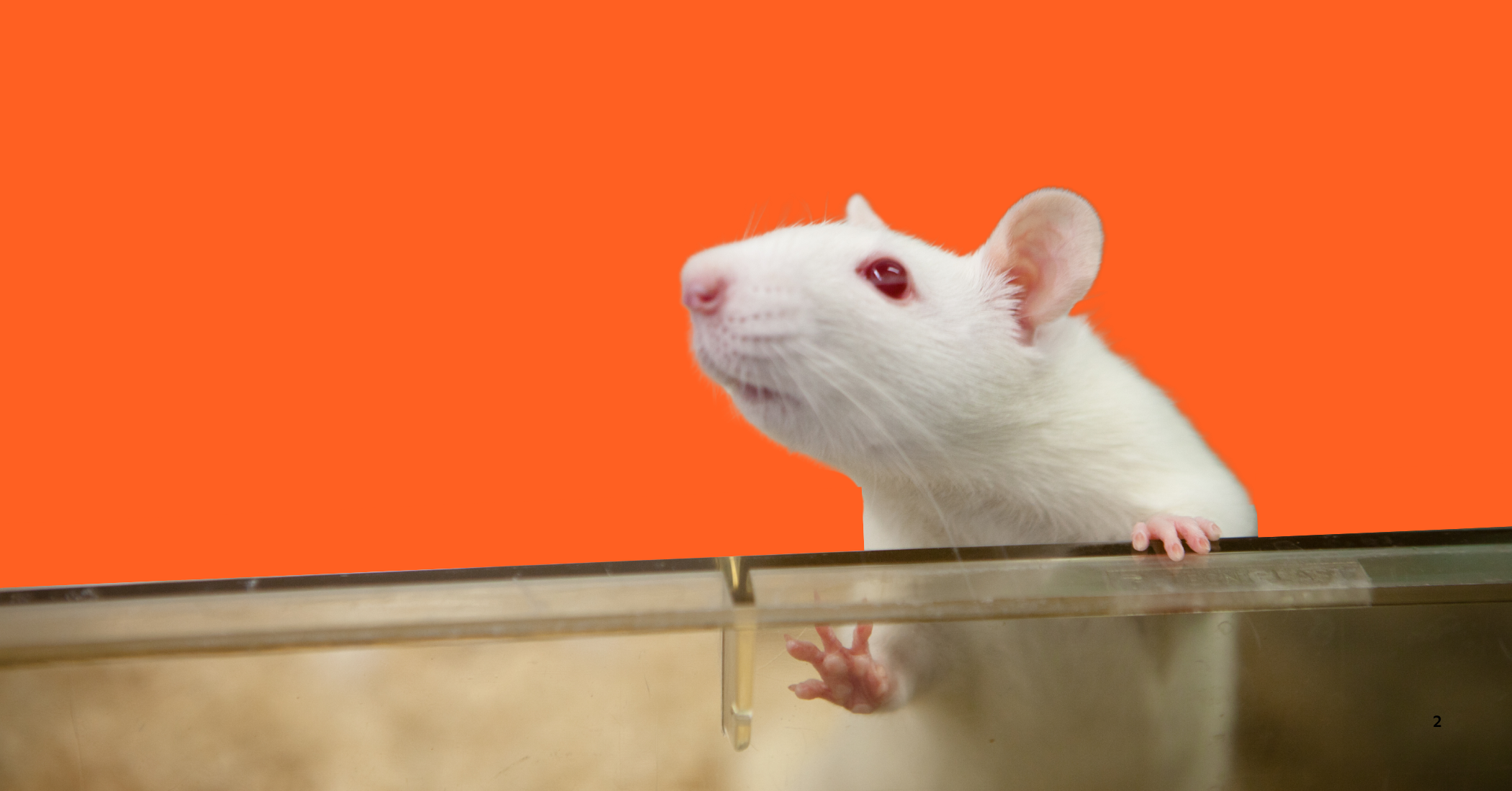
Displacement, Not Replacement: Rethinking Vivisection’s End
Within the fight to free nonhuman animals from U.S. laboratories, calls to replace animals in science often dominate the conversation. But, as Dr. Nico Müller of the University of Basel compellingly argues, these calls are often both vague and insufficient.
The problem lies in how “replacement” has traditionally been understood — or, rather, misunderstood.
Supposed efforts to replace animals in research have prioritized convenience, supporting only the “opportune” replacement of animals and failing to translate into fewer animals being victimized — let alone a shift toward the total replacement of animals.
One major obstacle to progress is the lack of clarity around what “replacement” actually means.
As Dr. Müller observes, much of the discussion around replacing animals in research has taken place within the political realm — an environment where key terms are rarely agreed upon, much less clearly defined.
Are we talking about absolute replacement? Relative replacement? Some other definition?
This has led to fragmented and conflicting calls and strategies, with proposals to replace animals often grounded in different, and sometimes contradictory, ideas. The result: confusion and stagnation.

Another major obstacle is the narrow focus on the “exit” point of animals from research – how to remove them from experiments – without addressing how animals are introduced into the research pipeline in the first place.
To illustrate this challenge, Dr. Müller draws on “Lane-Petter’s Pipeline”, a concept developed by animal researcher W. Lane-Petter. The pipeline demonstrates how the number of animals used in research is determined by both entry and exit points.
While efforts to reduce animal use in research have focused on the pipeline’s exit points, the pipeline’s entries have been largely ignored.
And, this limited focus has handicapped efforts to replace animals in research because, as Dr. Müller articulates, researchers’ abilities to develop “new” animal models is “infinitely large” (as a result of such practices like genetic engineering) – meaning that the pipeline has remained (and can, going forward, remain) perpetually filled.
That is, unless policy intervenes.

Dr. Müller argues that the key to disrupting the animal research pipeline lies in creating an environment where non-animal methods become the practical choice.
When researchers select their “models”, they consider a mix of scientific and practical (e.g., cost, availability) factors. Critically, at least half of these factors are influenced by the research environment, not the science itself.
This means that law and policy can drive change by reshaping the research environment to favor non-animal research – that by making non-animal methods more practical, we can push researchers to gravitate away from animal models and reduce the number of animals in the animal research pipeline.
Dr. Müller calls this approach displacement, rather than replacement. The goal is not merely to replace one method with another but to displace innovation in animal models with innovation in non-animal methods, rendering the former obsolete.
To end animal research, then, we must go beyond vague calls for replacement and address the systemic issues that sustain the animal research pipeline.

We must champion and promote policies that intervene at the source — the entry point of Lane-Petter’s pipeline — by incentivizing non-animal research methods through funding and institutional support; setting clear definitions and goals for the replacement and displacement of animals in science; and establishing legal frameworks that make non-animal methodologies the default option.
This is not just about preferring non-animal science — it’s about creating an environment where non-animal methods can thrive and lead the way forward.
As this year’s legislative sessions get underway, join us in pushing for policies that displace animal experimentation and build a better future for all.
Together, let’s shut down the animal research pipeline.